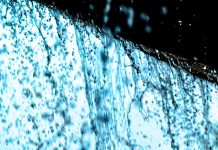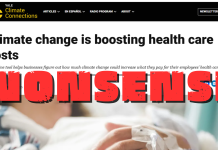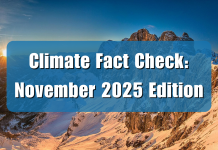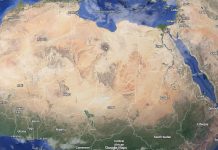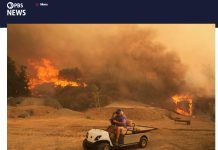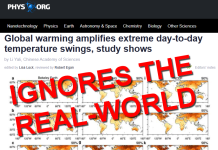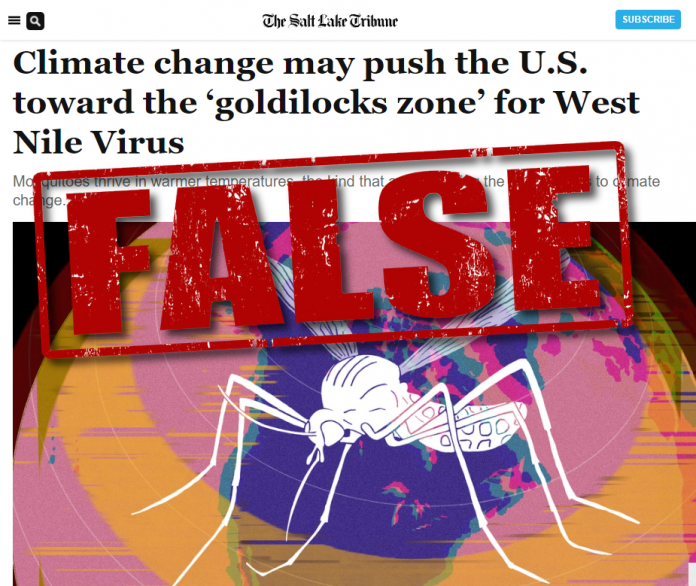The Salt Lake Tribune (SLT) ran an article on March 31, titled “Climate change may push the U.S. toward the ‘goldilocks zone’ for West Nile Virus.” The story is based on previously disproven assumptions which make a false connection between climate change and insect borne diseases. The article leaves one to wonder if journalists actually do any basic research anymore, or if they seek out ways to grab headlines.
Here is the main gist of the article by Melissa Bailey of Kaiser Health News:
Spring rain, summer drought, and heat created ideal conditions for mosquitoes to spread the West Nile virus through Colorado last year, experts said. West Nile killed 11 people and caused 101 cases of neuroinvasive infections — those linked to serious illness such as meningitis or encephalitis — in Colorado in 2021, the highest numbers in 18 years.
The rise in cases may be a sign of what’s to come: As climate change brings more drought and pushes temperatures toward what is termed the “Goldilocks zone” for mosquitoes — not too hot, not too cold — scientists expect West Nile transmission to increase across the country.
On the surface, to the layperson, this might seem like a reasonable set of claims. However, when one scratches the surface, the claims fall apart.
First let’s look at the temperature claim, Bailey writes:
Ecologist Marta Shocket has studied how climate change may affect another important factor: the Goldilocks temperature. That’s the sweet spot at which it’s easiest for mosquitoes to spread a virus.
…
“Temperature has a really big impact on the way that mosquito-transmitted diseases are spread because mosquitoes are cold-blooded,” Shocket said. The outdoor temperature affects their metabolic rate, which “changes how fast they grow, how long they live, how frequently they bite people to get a meal. And all of those things impact the rate at which the disease is transmitted,” she said.
While that certainly may be true for mosquitoes on a local level, one has to remember that “climate change” doesn’t just effect local temperatures. Data provided by the Centers for Disease Control (CDC) related to West Nile Virus (WNV) shows an interesting pattern suggesting a well-known local effect plays a bigger factor in local temperature than climate change.
The map below provided by the CDC for 2021 shows WNV has been most prevalent in major population centers, that is, big cities. We can clearly see places such as Miami, Houston, Dallas, Chicago, Minneapolis, Los Angeles, New York City and others reported the highest number of WNV cases.

This is important because Climate at a Glance: Urban Heat Islands demonstrated that Urban Heat Islands, which grow along with the size of cities, create artificial, highly localized, warming at many long-term metropolitan temperature stations.
The National Oceanic and Atmospheric Administration (NOAA) confirms this:
According to the United Nations, more than half of all people on Earth currently live in cities, where summertime heat can seriously impact human health. Urban areas can be as much as 7°F (4°C) warmer than surrounding rural areas because city surfaces absorb more of the sun’s heat during the day and emit that heat back into the air at night. Pavement and impervious surfaces make cities hotter.
Therefore, with elevated temperatures in cities, especially at night when mosquitoes are most active, it stands to reason that local temperature effects such as the urban heat island effect, not climate change, are driving warmer local temperatures and mosquito activity resulting in more WNV cases.
Also there’s another factor noted by entomologist Janet McAllister quoted in the SLT article:
“While mosquitoes do need water to breed, heavy rain can flush out breeding sites. And because the Culex mosquitoes that spread the virus live close to humans, they can usually get enough water from humans’ sprinklers and birdbaths to breed, even during a dry spring.”
Where are the highest concentrations of sprinklers and bird baths? Cities of course, where elevated local temperature and standing water left over from sprinklers, bird baths, and other sources of stagnant standing water make a perfect breeding ground for mosquitoes.
Another factor overlooked in the SLT article was flyways.
Note in Figure 1 that there are some high WNV case incidents in places lacking have major cities. Notably more rural areas in California, Oregon, and Washington, as well as Kansas, Nebraska, plus North and South Dakota.
A peer-reviewed study, Terrestrial Bird Migration and West Nile Virus Circulation, United States, published in 2018 at the National Library of Medicine shows a clear connection between migratory bird flyways and WNV cases.
It says in the abstract:
Using phylogeographic approaches, we investigated the relationship between WNV circulation in the United States and the flight paths of terrestrial birds. We demonstrated southward migration of WNV in the eastern flyway and northward migration in the central flyway, which is consistent with the looped flight paths of many terrestrial birds.
Also, if you compare Figure 1 with a map of U.S. migratory flyways shown in Figure 2 below, the correlation between flyways and WNV cases in the United States becomes clear.
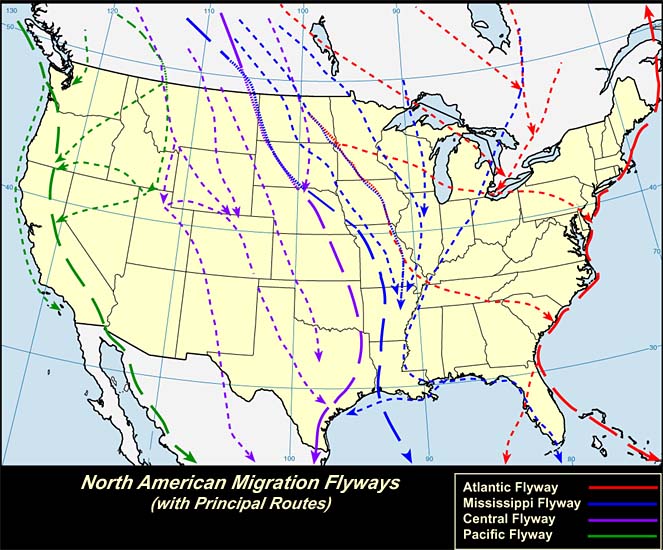
Most notable is the Pacific Flyway (in green) which crosses directly over the WNV infection areas in Figure 1 of California, Oregon, and Washington. You can seem similar correlations between the Mississippi, Central, and Atlantic Flyways.
Finally, using the most accurate climate monitoring network in the USA, NOAA data illustrates that there has been no significant increase in temperature in the contiguous U.S. since 2005, suggesting “climate change” is not a contributing factor in WNV cases.
Reviewing what we’ve learned so far, we know mosquitoes need water to breed and elevated temperatures to be active, both of which are found in cities. However, the U.S. as a whole has not gotten warmer over the past 17 years.
Bird migration via flyways provide pathways for WNV. Birds will stop where water is abundant, and in a drought situation (which is mentioned as a contributing factor in the SLT article) they will stop where humans provide standing water – lawns, birdbaths, and the like.
That sets up a trifecta of opportunity for WNV infections combining birds carrying WNV, water, elevated temperatures, mosquitoes, and humans – all in proximity.
The universal boogeyman of “climate change” was invoked by the SLT as a cause of the recent rise in WNV cases. But as a modicum of research effort shows, the increased WNV cases are easily explained directly by local factors having nothing to do with climate change, which according to official NOAA temperature data, hasn’t been a factor in the United States.
Further, the corporate media is quick to blame climate change for the spread of other mosquito borne diseases beyond WNV, like malaria, as well. These connections are equally false. In fact, as this article in Climate Realism points out, “…malaria has become less prevalent and deadly as the climate has warmed.” This is backed up by real-world data in Climate at a Glance: Malaria and Mosquito-Borne Diseases.
The Salt Lake Tribune is guilty of lazy journalism by simply reposting a flawed Kaiser Health News article attributing recent WNV infections to climate change, rather than doing some independent fact checking on the claims. Sadly, to the detriment of the pubic who needs to be know the facts to make informed decisions about important public policy issues, this lack of journalistic curiosity has become all too common these days, especially when it comes to “climate crisis” claims.


